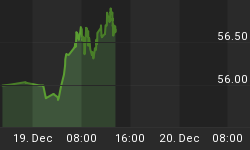Figure 1 is a weekly chart of the S&P500. The indicator in the lower panel is a composite of the 4 sentiment measures posted to this website every weekend: the "dumb money", the "smart money", company insiders, and the Rydex asset data. It takes 13 data inputs to make this one indicator!
When the indicator is at or below the red line, it suggests a combination of overly optimistic investors or pessimism amongst the "smart money". Under these conditions, equities will continue to grind higher, at best, or put in an intermediate term market top. The red dots over the price bars are those times when the indicator was at or below the red line on the chart. Figure 1 extends from November, 2006 to the present.
Figure 1. S&P500/ Investor Sentiment Composite
Figure 2 is the time period from 2004 to November, 2006.
Figure 2. S&P500/ Investor Sentiment Composite
In summary, this comprehensive look at investor sentiment suggests the obvious: the best gains are behind us. Furthermore, in all but one occurrence since 2004, you were able to buy the S&P500 at a lower price within 20 weeks of the initial signal.
If you would like to receive daily sentiment updates, then subscribe to our Premium Content. We charge a nominal fee for this daily report that contains 6 unique sentiment graphs, commentary and trading strategies.















